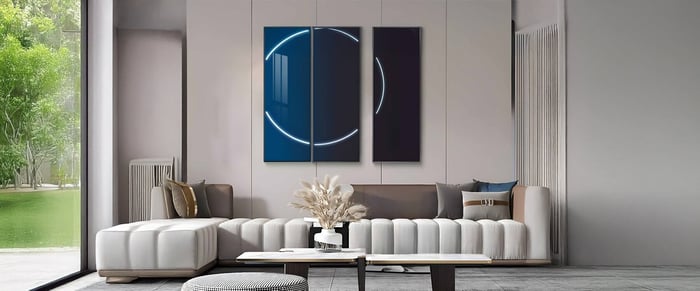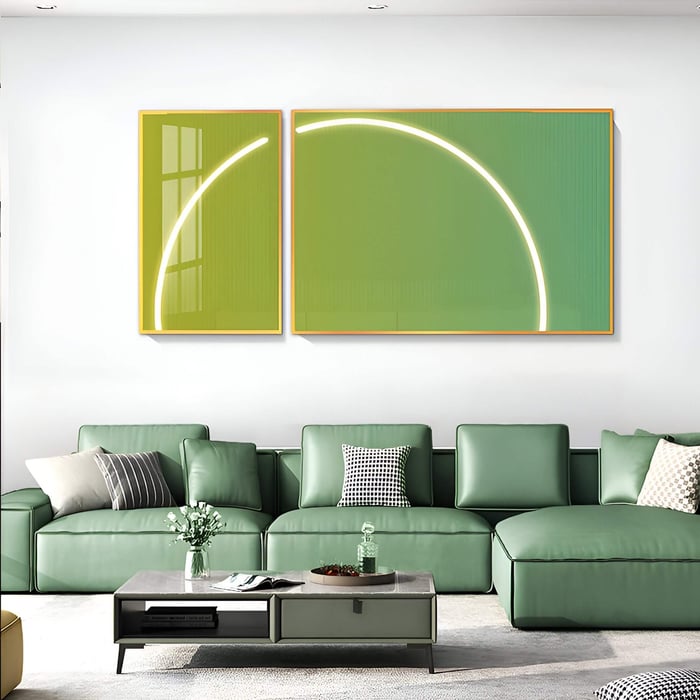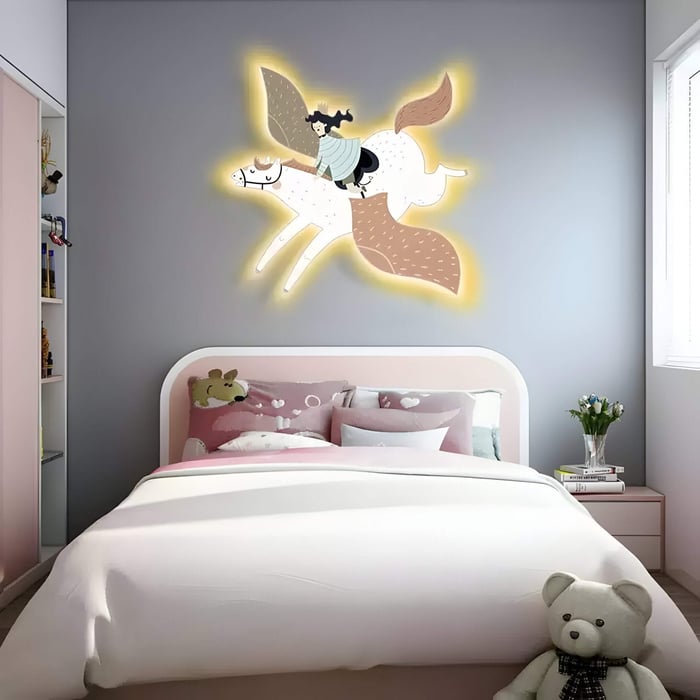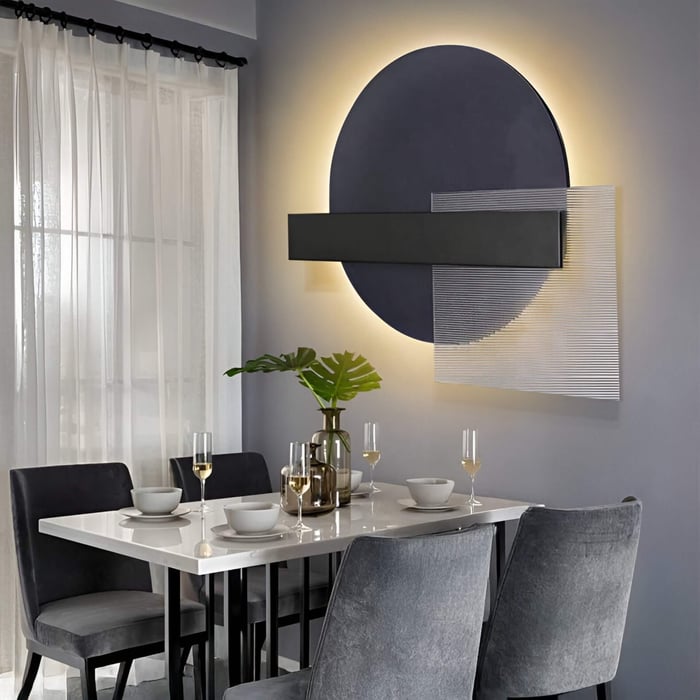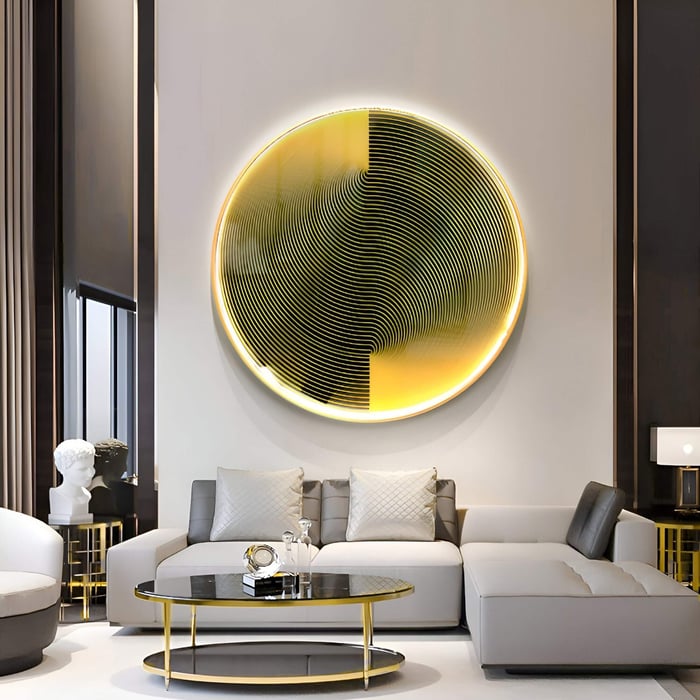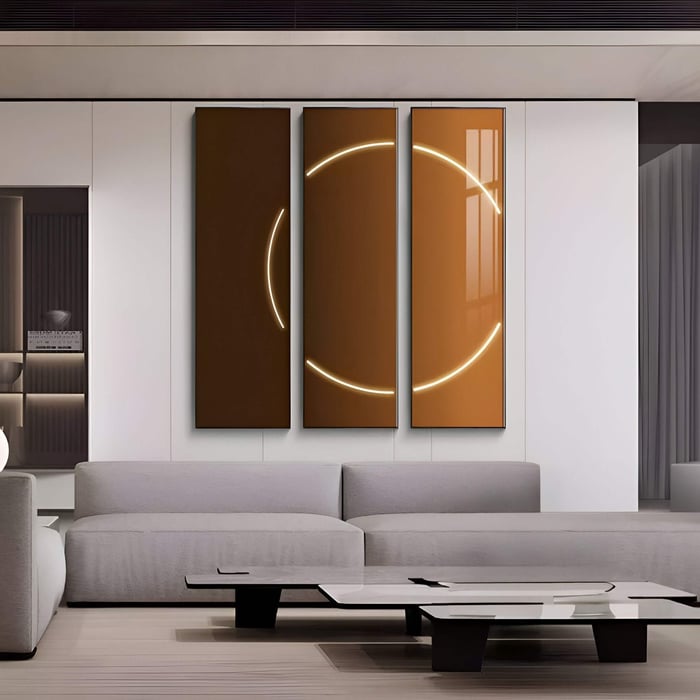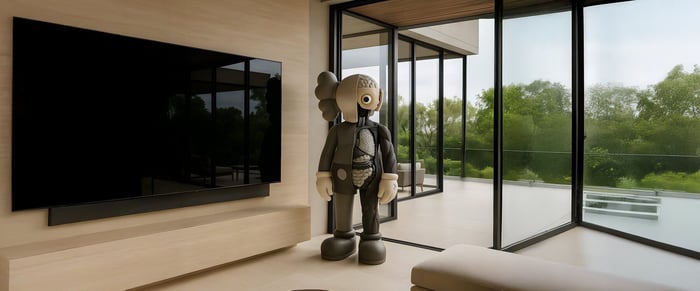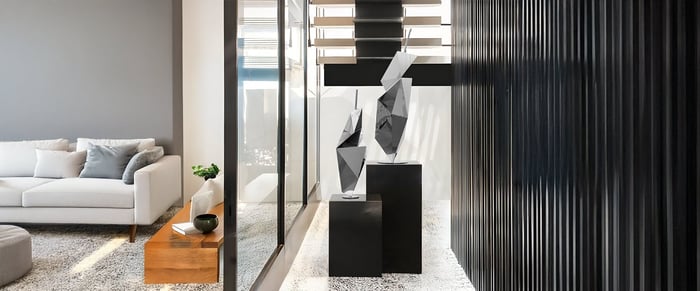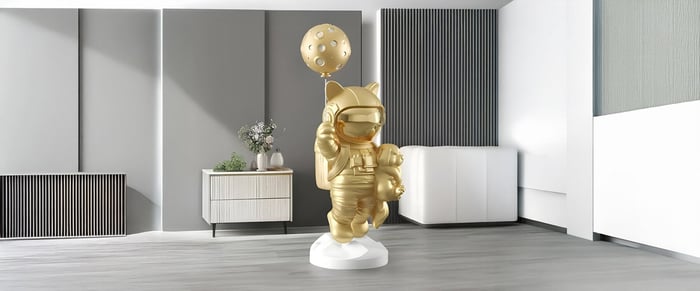Clean lines, radiant glow, and quiet precision, these are the defining traits of today’s Nordic art installations with LED lights. As Nordic art continues to evolve, it has embraced light not just as a functional element but as a powerful design tool. Artists and designers across Scandinavia are pushing the boundaries of light-based sculpture by pairing geometric art with modern illumination, crafting immersive installations that are both poetic and cutting-edge.
This fusion isn’t just aesthetic. It embodies the core of Nordic design aesthetics - minimalism, sustainability, and a reverence for natural light. From glowing circles to pulsating hexagonal grids, these artworks offer a new sensory experience that reflects both technological innovation and cultural tradition.
In this article, we’ll explore how these illuminated installations came to be, the principles behind their design, and the cultural and technological shifts driving their popularity. We’ll look at case studies, materials, and what the future holds for this compelling form of Scandinavian light art.
Historical Context: Evolution of Nordic Light Art
Nature as Muse, Light as Medium
Light has long played a central role in contemporary Scandinavian art, particularly in regions where seasonal darkness shapes daily life. The phenomenon of the Northern Lights, or Aurora Borealis, has been a constant source of inspiration, its movement, palette, and mystery frequently reinterpreted in painting, sculpture, and now, installation.
Scandinavian artists have historically used light not just symbolically, but physically. In the 20th century, as electricity became more accessible, creatives began incorporating light sources into artworks, both to extend the viewing experience and to create meditative spaces that responded to their environment.
This evolution continued into the 21st century as LED lighting became more accessible, eco-conscious, and flexible. LED & neon art opened the door to greater experimentation, allowing artists to simulate daylight, mimic natural movement, or build pieces that changed with audience interaction.
What began as oil lanterns and candlelit galleries has grown into fully immersive interactive light installations, many of which blur the line between sculpture, architecture, and digital media.
Design Principles: Geometry in Nordic LED Art
Minimal Shapes, Maximum Impact
Geometric art patterns are the backbone of Nordic light installations. Whether arranged in symmetrical grids or asymmetrical compositions, these shapes bring a sense of rhythm and control to light-based works.
Circles represent unity and continuity, often used in halo forms or concentric designs.
Triangles suggest direction, hierarchy, and movement, ideal for dynamic, modular displays.
Hexagons offer structural complexity while maintaining visual harmony, popular in wall-based minimalist light art.
These forms aren’t chosen at random. Rooted in Nordic design aesthetics, geometry provides a visual language that aligns with nature - snowflakes, trees, the curve of a fjord, and supports the clean, purposeful sensibility that defines the region’s creative output.
By embedding these shapes with programmable LEDs, artists control brightness, hue, and rhythm, turning once-static patterns into vibrant, responsive canvases of light.
Technological Integration: LED Innovations in Art
Light That Listens and Learns
What makes LED Nordic art installations so captivating isn’t just their glow, it’s their technological intelligence. LED systems used in these works are chosen not only for their efficiency but for their adaptability. Artists can now choreograph light like music, layering effects and sequences into installations that evolve with time or viewer proximity.
Key innovations include:
Energy-efficient lighting in art: LEDs consume less power, generate less heat, and offer longevity, making them ideal for sustainable art practices.
Colour versatility: RGB and RGBW LEDs allow for millions of colour combinations, often shifting slowly to mimic sunlight or aurora hues.
Programmable control: Microcontrollers and software enable dynamic changes in light output, syncing to music, ambient sound, or human interaction.
Some artists push further, creating interactive light installations where movement triggers changes in light patterns. These works invite viewers to become part of the art, responding in real-time to footsteps, shadows, or even voice.
Case Studies: Notable LED Nordic Art Installations
Light Meets Form Across Scandinavia
One of the standout projects in this space is the Nordic Light Stick Installation in Denmark. Comprising dozens of vertical LED poles arranged in geometric formation, this piece pulses with shifting gradients of blue, white, and amber. Each “stick” responds to nearby movement, creating a living grid of light that reflects the changing flow of people through the space.
Another example is Halo Array, a Finnish installation made of glowing circular forms suspended at varying heights. Each ring changes colour subtly throughout the day, mimicking the arc of natural sunlight from dawn to dusk. The experience is immersive and emotional, yet unmistakably minimalist.
These installations have appeared in public plazas, train stations, and even remote landscapes, blurring the line between light-based art exhibits and environmental design. They transform neutral spaces into dynamic, shared experiences that evoke both wonder and calm.
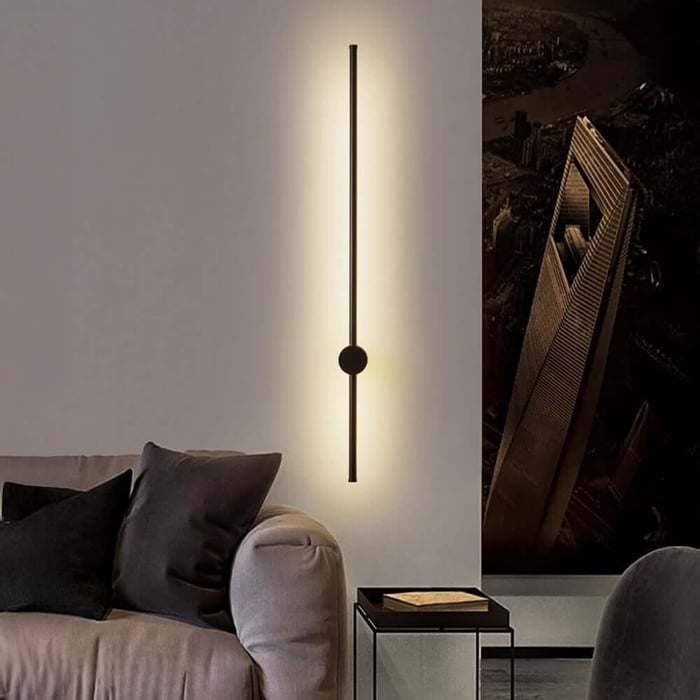
Cultural Impact: Influence on Contemporary Design
Lighting the Way for Modern Aesthetics
As these installations grow in scale and popularity, their influence is spilling into everyday design. Elements once confined to galleries are now appearing in modern art interiors and architecture.
Interior designers are adopting glowing geometric art forms as centrepieces, especially in Scandinavian-inspired homes.
Commercial spaces such as hotels and restaurants use wall-mounted LED & neon art to create mood and identity.
Even traditional media like canvas, wood, and porcelain art are borrowing from LED-inspired aesthetics, incorporating reflective finishes or light-responsive pigments.
In short, the influence of Nordic art has moved far beyond the gallery. Its minimalist philosophy, rooted in nature and translated through technology, is shaping how we design, decorate, and experience our environments globally.
Future Perspectives: The Next Frontier in LED Nordic Art
Looking ahead, the line between viewer and artwork is likely to fade even further. As technology continues to evolve, Nordic LED art will move into new territories.
Expect to see:
Augmented reality overlays that allow viewers to experience expanded, digital versions of installations through their phones or AR glasses.
Greater use of sustainable materials, including recycled plastics, natural resins, and bio-engineered composites.
Increased emphasis on immersive, multisensory design, incorporating sound, scent, and haptics alongside light.
This next generation of contemporary Scandinavian art will likely be more mobile, more reactive, and more integrated into our daily lives, while still rooted in the principles that define Nordic creativity: clarity, functionality, and a deep respect for the rhythms of nature.
Explore Giant Sculptures’ Nordic art collection to discover light-based installations and geometric artworks designed to bring Nordic serenity, glow, and craftsmanship into your home or public space.














































































